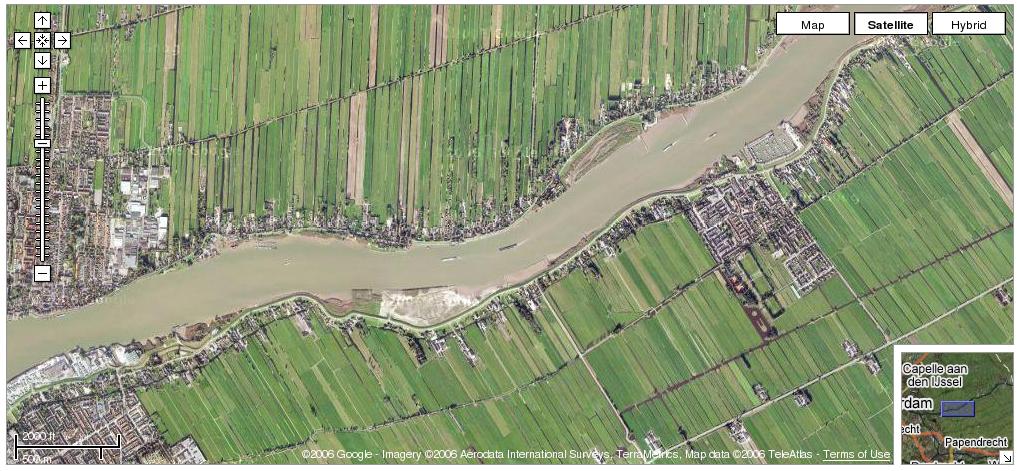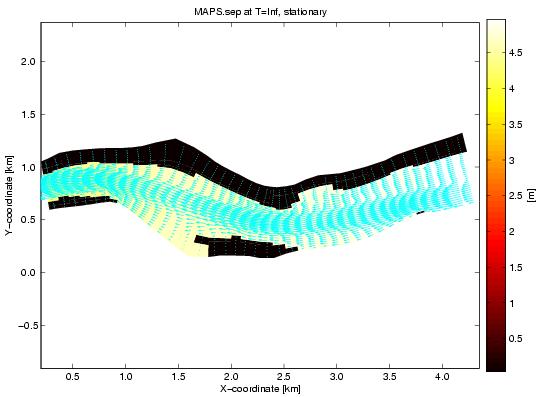Fast solvers for the stationary shallow water equations
Femke Kessels
Site of the project:
VORtech Computing
Martinus Nijhofflaan 2/20
2624 ES Delft
start of the project:
October 2006
In January 2007 the
Interim
Thesis has been appeared
and a
presentation has been given.
The Master project has been finished in June 2007
by the completion of the
Masters Thesis and a final
presentation has been given.
For working address etc. we refer to our
alumnipage.
Summary of the master project:
Watermanagement is very important in a densely populated country with
many
rivers like the Netherlands. Maintainance and improvement of dykes,
riverbeds
etc. needs constant attention. In the design of these dykes and
riverbeds software
is used to predict the water flow and levels.
Rijkswaterstaat is a Dutch governemental institute that is engaged
in such
projects. VORtech Computing developes software that is used to do the
necessary
computations. This project is conducted at VORtech, which is an
engineering
and software company with a lot of mathematical expertise.
WAQUA is a software package that has been developed by
Rijkswaterstaat
and other companies to predict flows of rivers, seas and oceans. WAQUA
uses
the two dimensional shallow water equations to compute the flow
velocity and
water level and its development over time very accurately. One of the
major
drawbacks of WAQUA is the large amount of time it takes to find a
solution.
This is especially disadvantageous when one only wants to know the
stationary
solution and is not interested in very accurate time dependent
results.
For this purpose QuickFlow was developed. QuickFlow is a program
that
is intended to solve the shallow water equations for application to
rivers in the
Netherlands. Its purpose is to quickly find the new steady state
solution after an
intervention like rising a dyke or a change in the level or structure
of the bottom.
At this moment QuickFlow can find solutions that look pretty much
like
the WAQUA-solution for relatively easy problems, such as a small part
of a
river with a simple geometry. There are some problems, however, with
more
complex geometries, especially when parts of the river bed become dry.
This
report investigates these problems.
Satellite picture of the river part that is modelled in
the Lek model and its surroundings

Lek, stationary solution computed by QuickFlow


Contact information:
Kees
Vuik

Back to the
home page
or the
Master students page of Kees Vuik


![]()
![]()